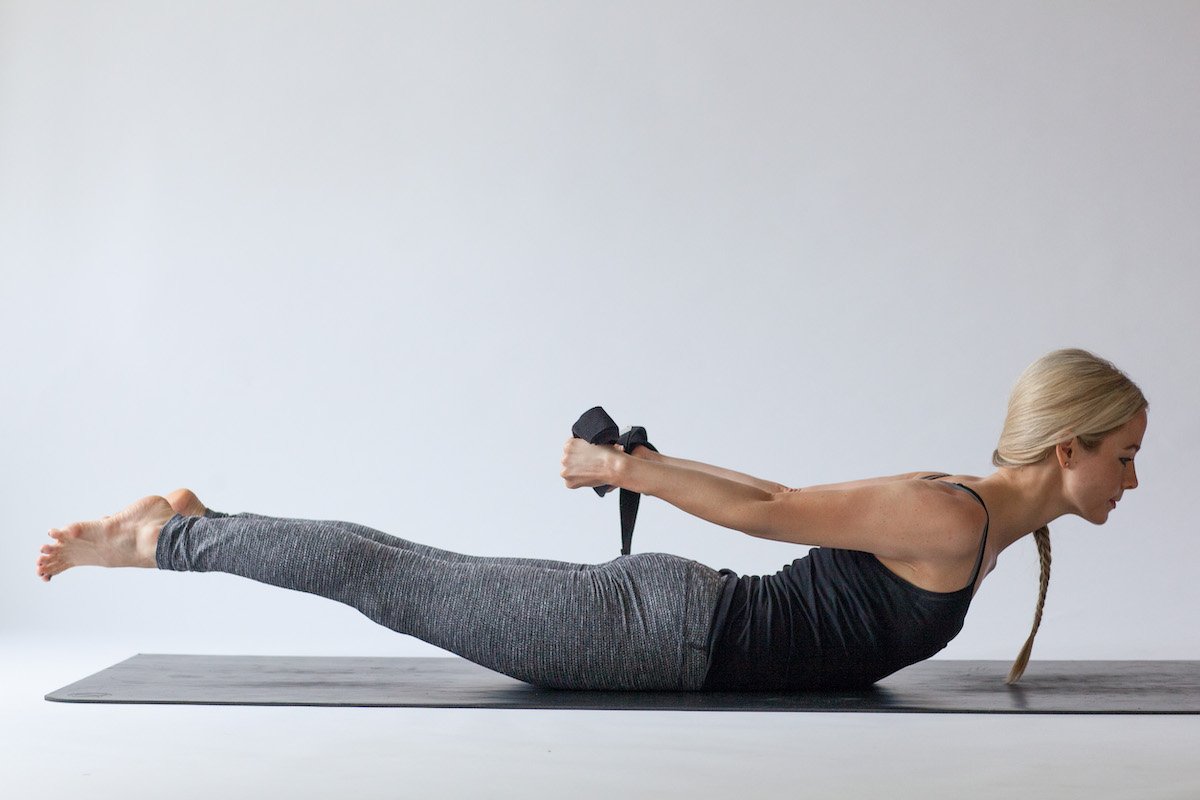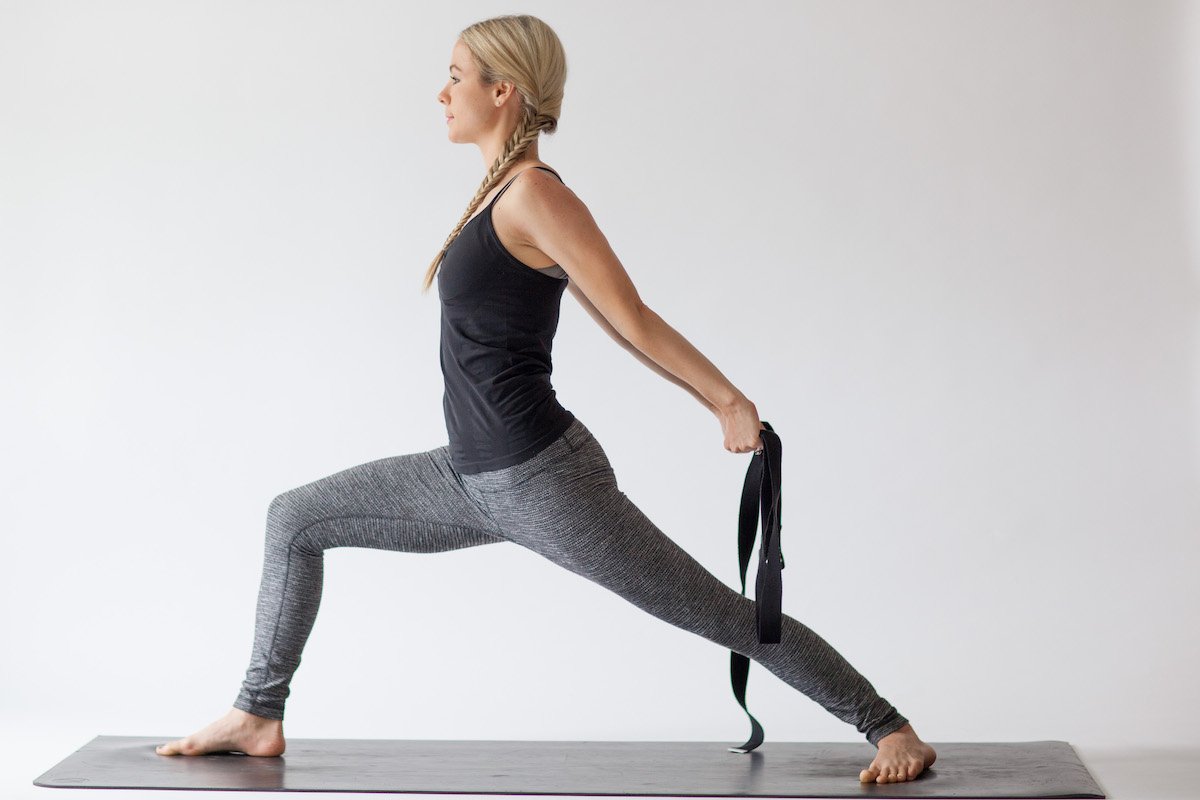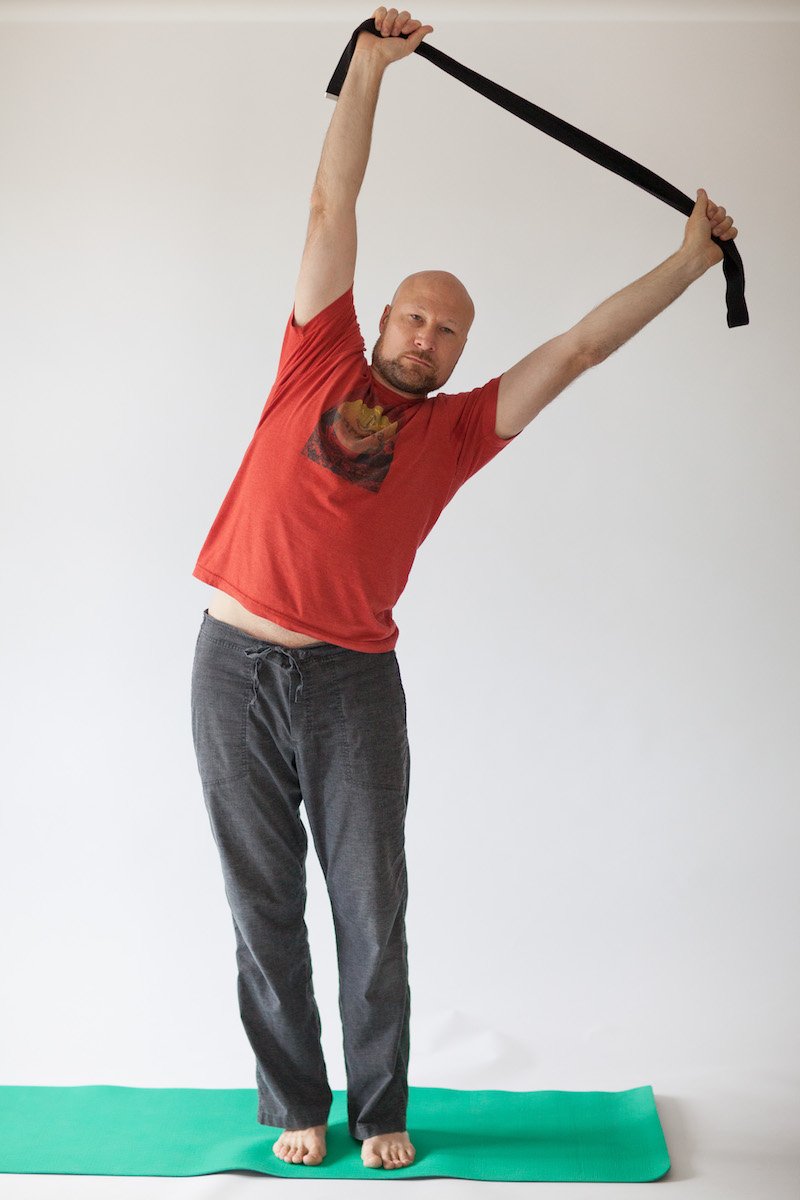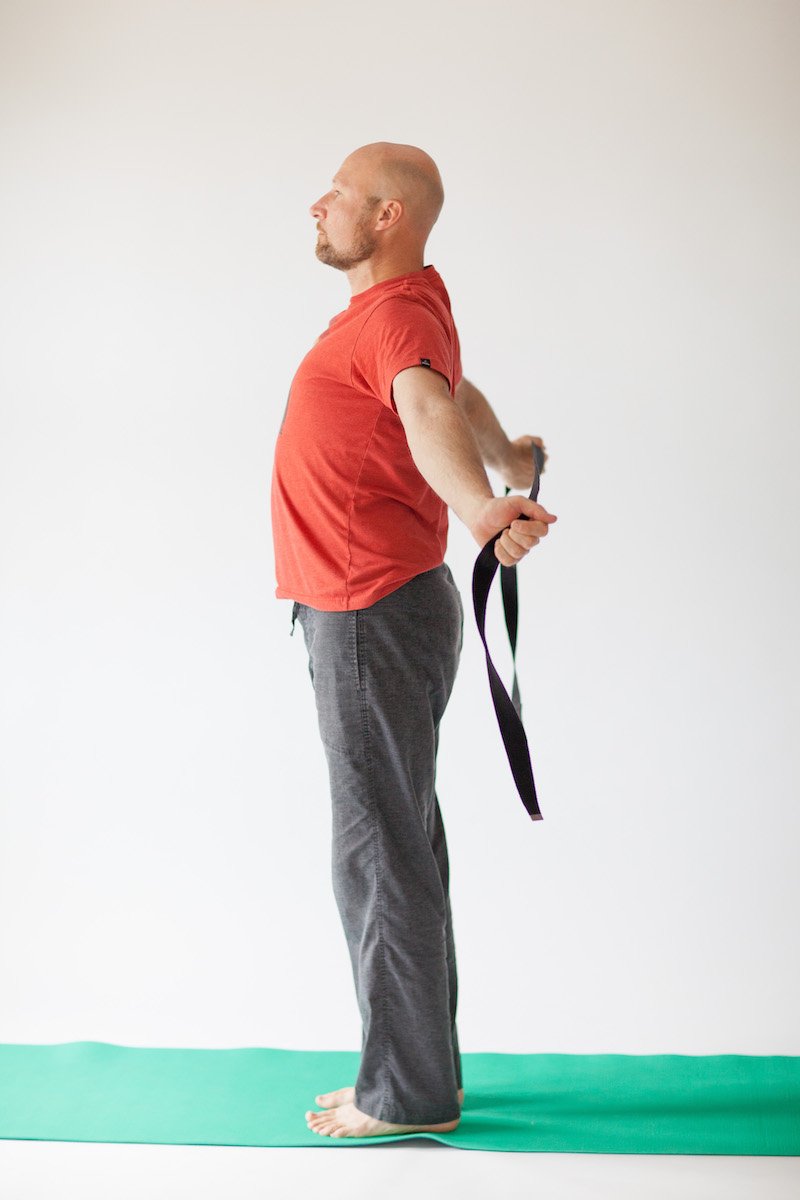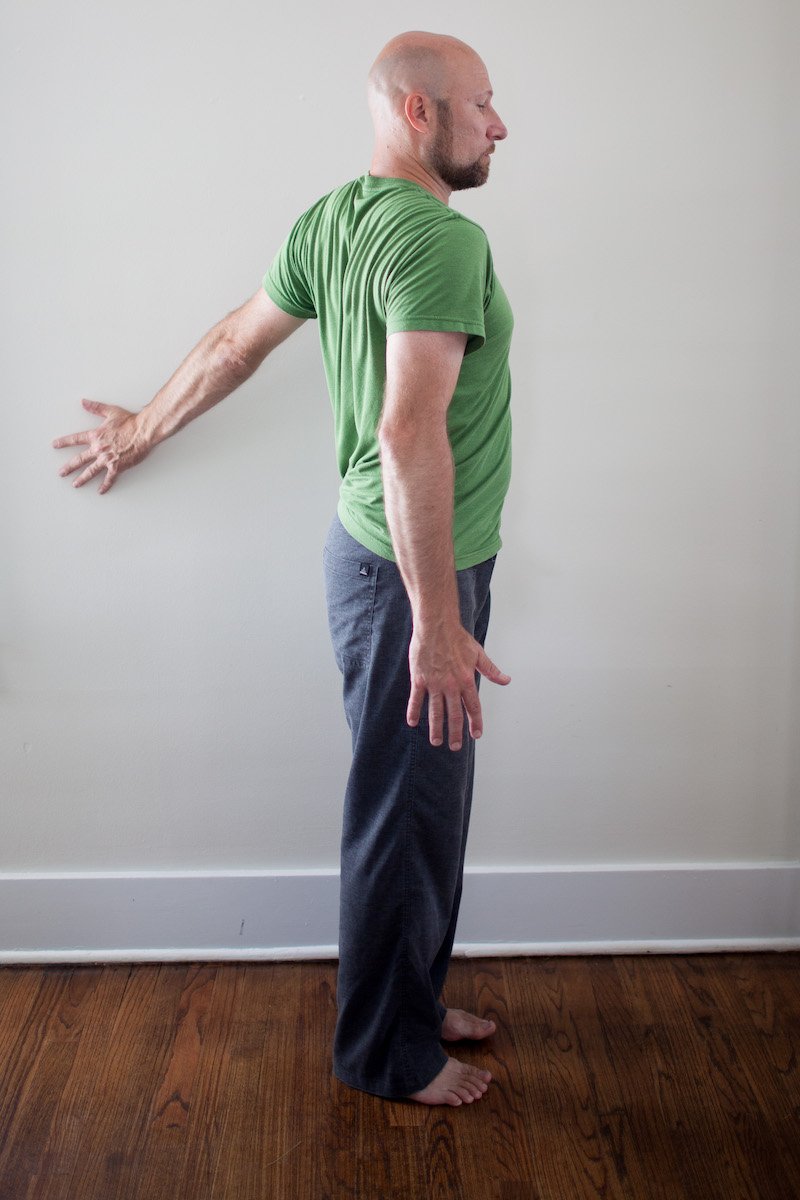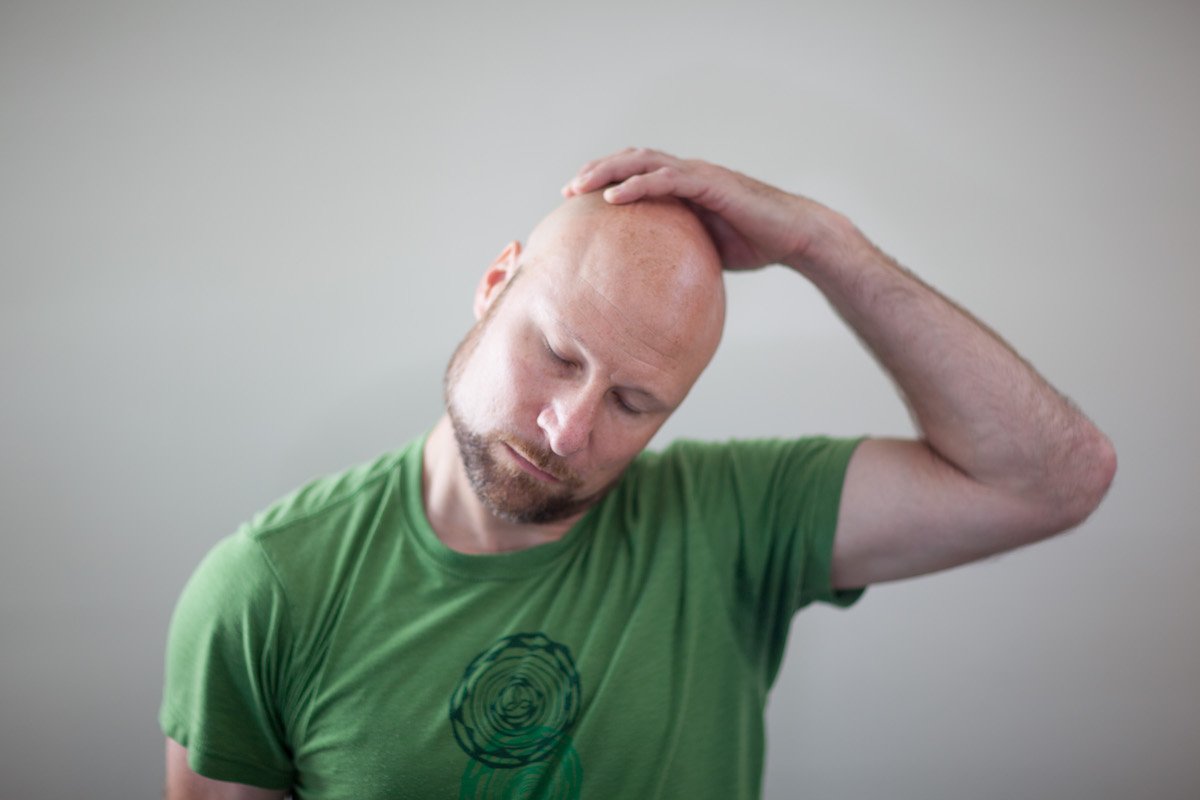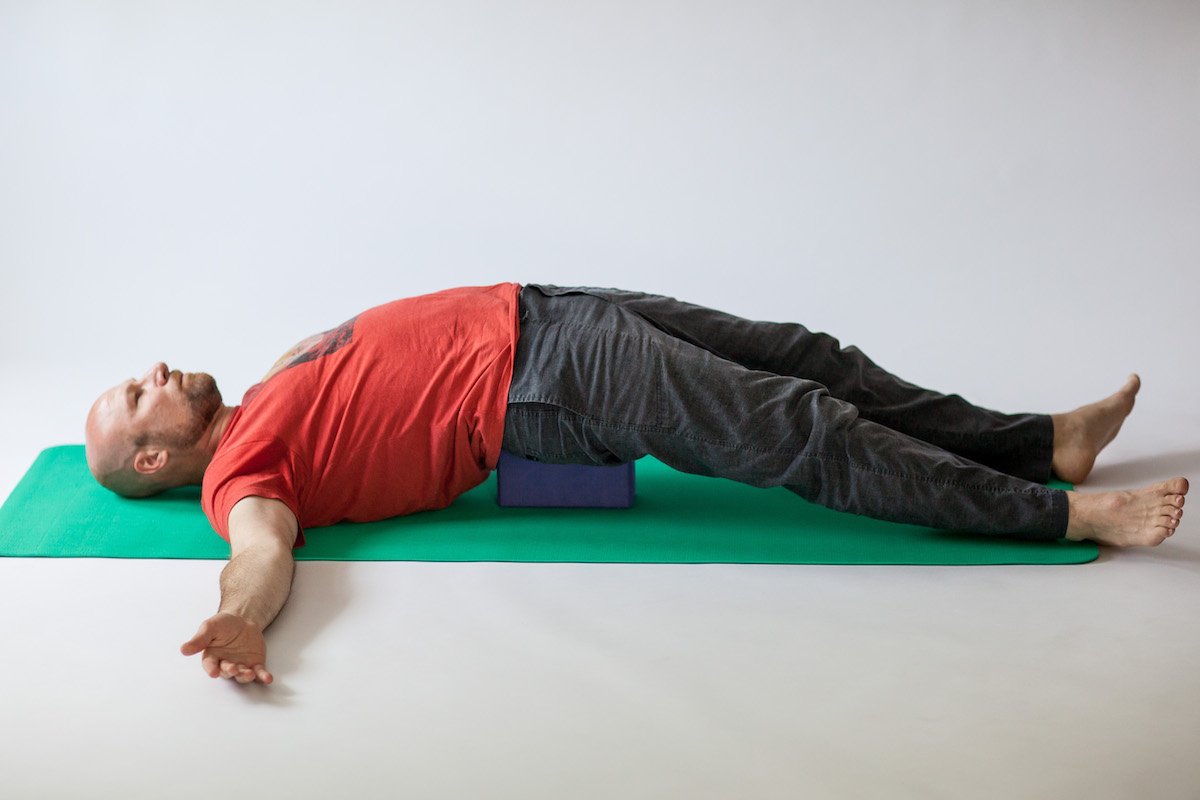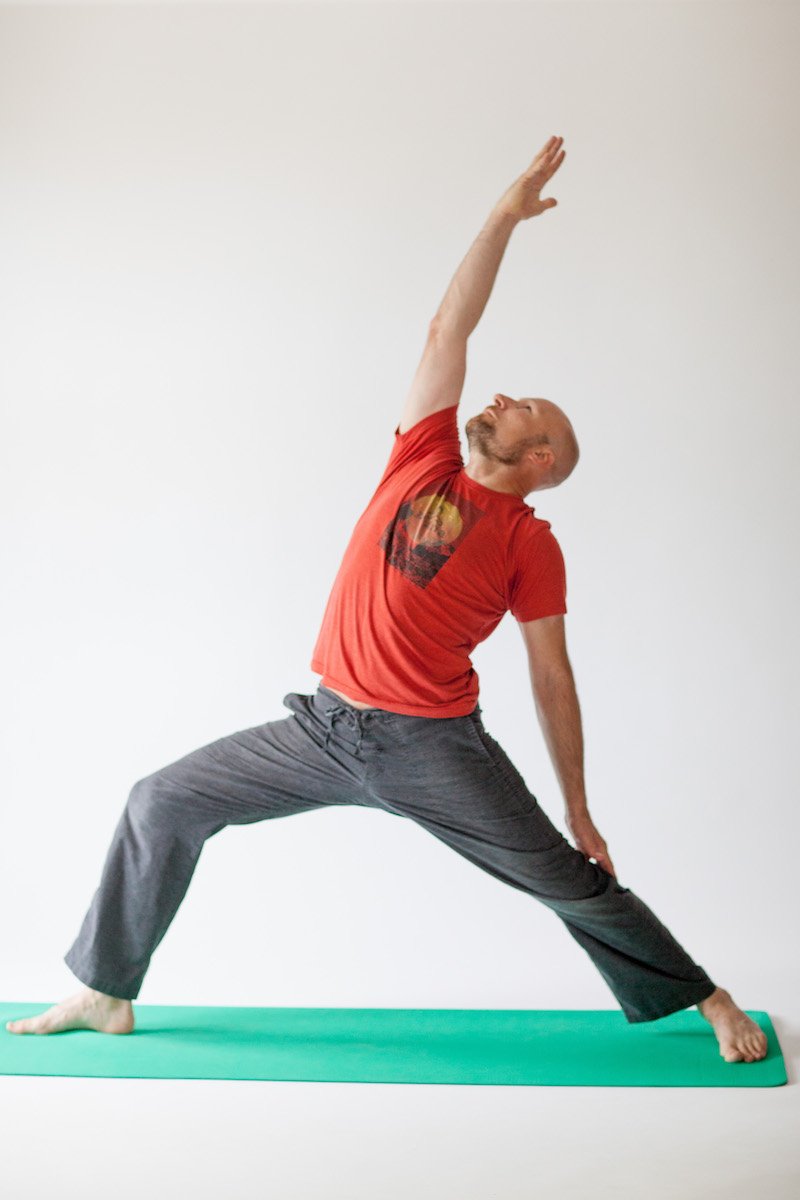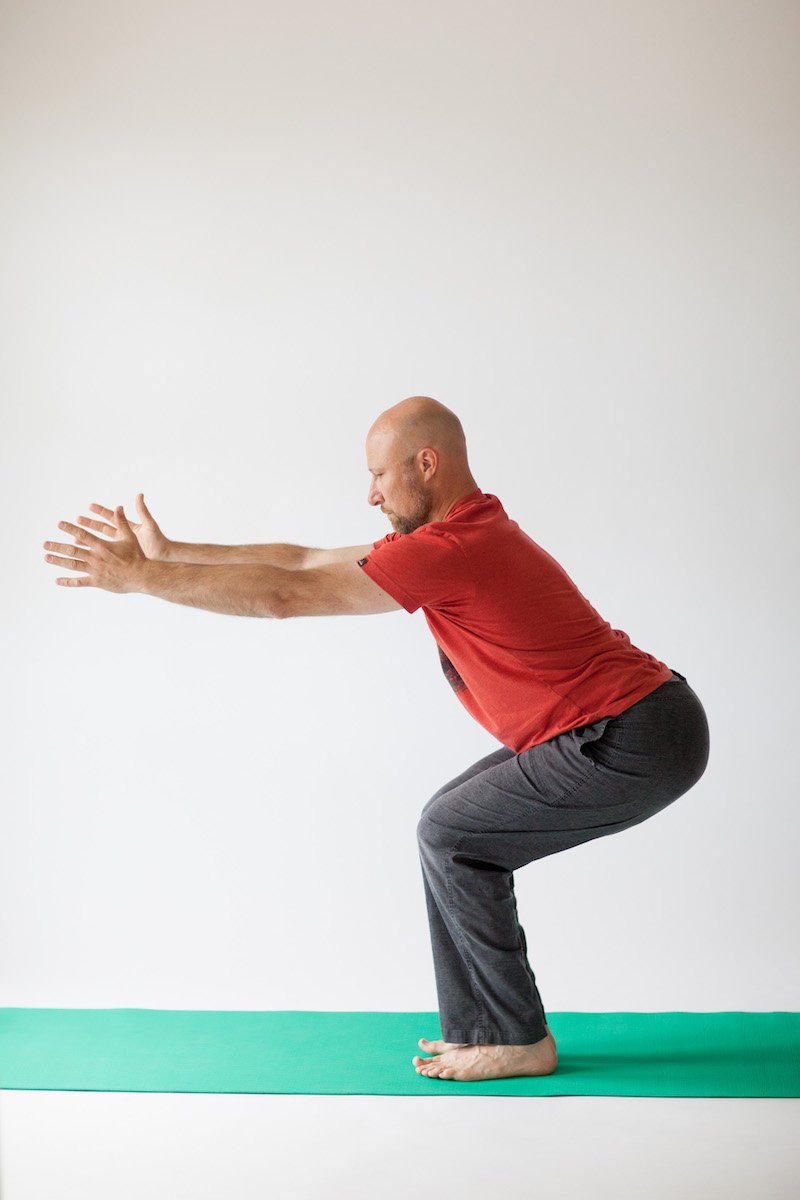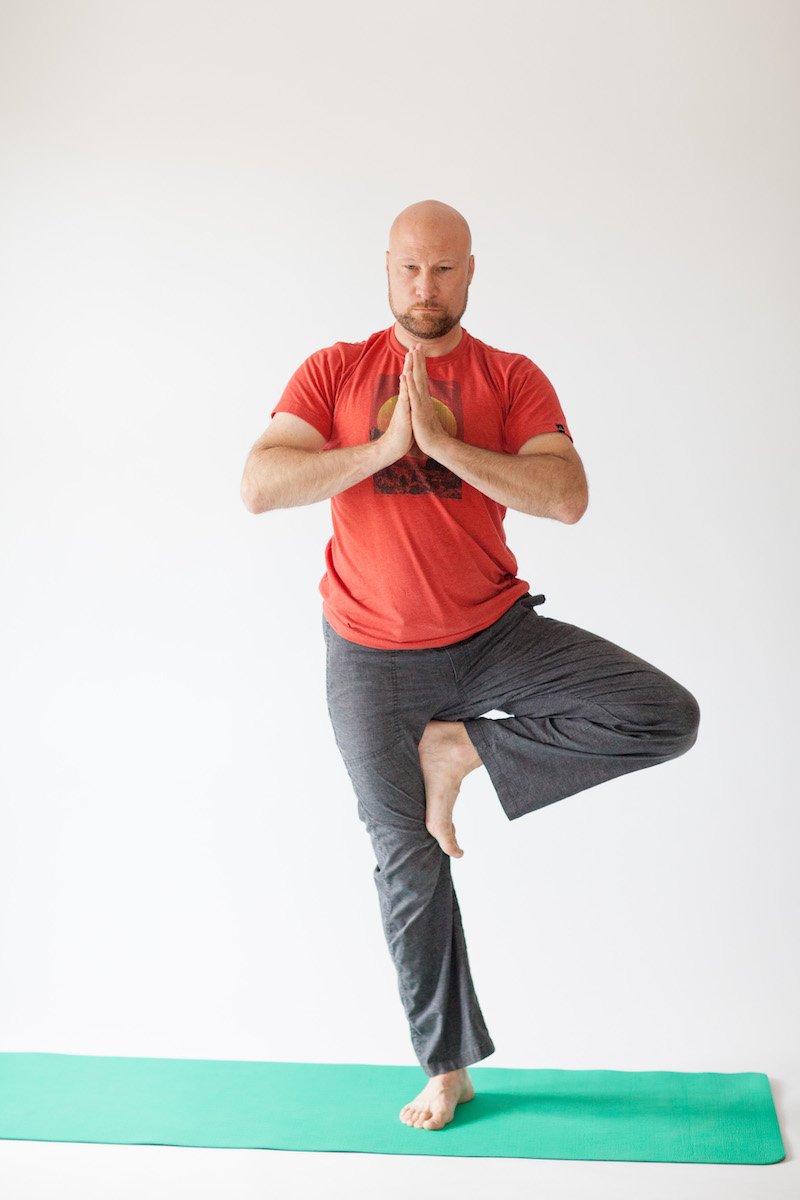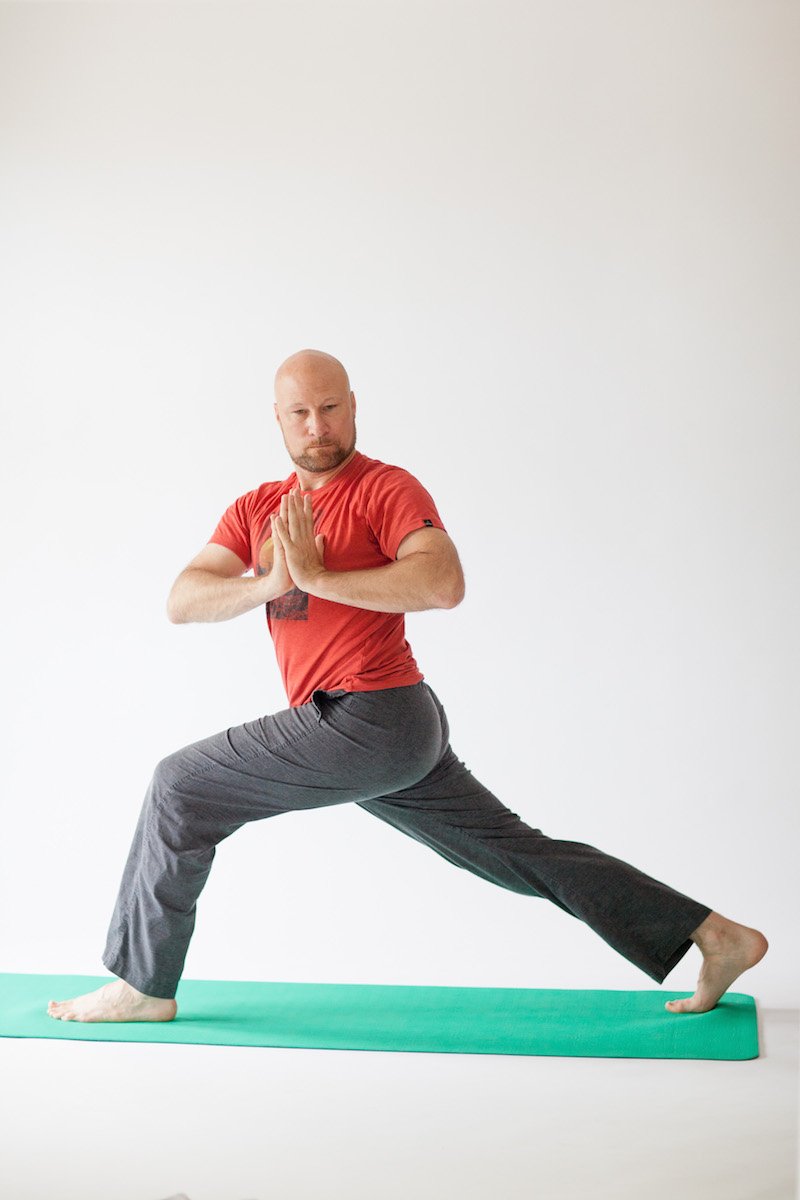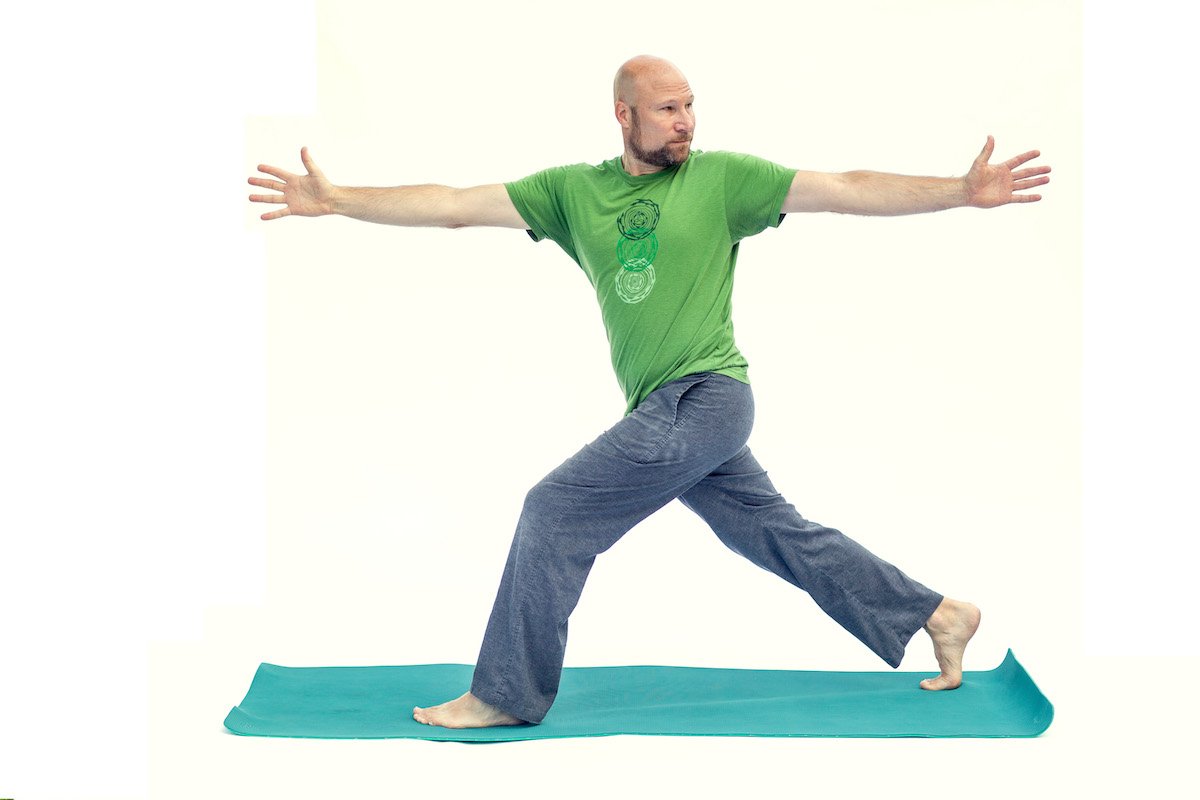Writers and journalists are some of our forgotten heroes in today's world. Journalists, for example, keep us well informed of essential facts in the world that weigh in the decisions that affect our daily lives. On the other hand, creative writers continue to produce fascinating stories that can take us to exotic places and feed the soul that motivates us to be better. Mind you; these chosen jobs are not ones to be taken lightly. They push the author's mind to find a way of being truthful and creative to keep the reader fully interested until the end of the story. This commitment to their art takes the writer's dedication to sit long hours honing their narrative to be their very best to inform and inspire. This commitment to excellence is hard on the mind, but this line of work can be debilitating on the body. After a short while of sitting, the body's muscles will begin to tire, and fatigue will set in. At first, minor annoyances of the neck and shoulder will emerge and then spread to the back and hips. If continued without proper adjustments, it will encourage poor posture in the muscular-skeletal body, leading to significant injuries throughout the whole body. Not only does the physical body feel the pain, but the mental and emotional body will pay the price too. This transition manifests into overall moodiness, fatigue, and irritability that will cause problems for the author both at work and at home.
Being a yoga sports coach, I'm a firm believer in the positive power of physical movement. That is why I encourage people in all areas of writing to include yoga as a recovery tool during their writing process. Yoga will improve posture, relieve back pain, and increase stability and mobility in the joints. Yoga has many physical benefits, but it has much mental and emotional welfare. Studies have shown that steady yoga practice will help decrease stress anxiety and improve well-being, critical for writers to be their best.
Though you may struggle physically and mentally at first, you'll see steady improvement by keeping a dedicated practice. You'll create new, healthy habits by moving your body, taking a mental break not to overload your mind, and decreasing stress.
Remember, the more you move your body, the happier it will be at work and in other areas of your life.
Here are the ten yoga poses for writers to help improve their physical and mental health.
1: Cow Pose.
2: Cat Pose
3: Downward Facing Boat With A Strap
4: Warrior One With A Strap
5: Lateral DiP With A Strap
6: Pectoral Opener With A Strap
7: Mountai At The Wall
8: Pectoral Stretch At The Wall
9: Neck Stretch
10: Supporte Bridge On A Block




